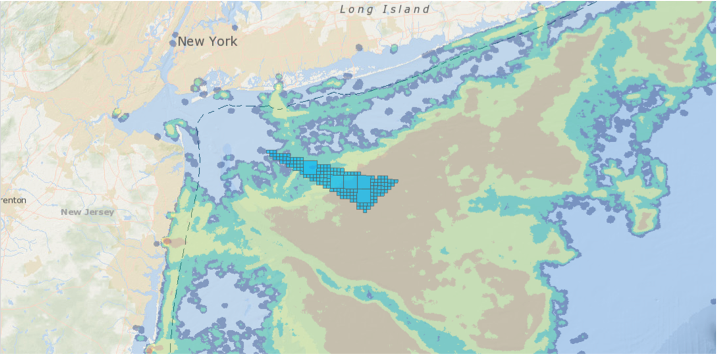October 22, 2018 — The federal Bureau of Offshore Energy Management is requiring offshore wind energy developers to set aside vessel transit corridors, amid intense discussions with the commercial fishing industry.
In a notice published Friday in the Federal Register, the agency announced it would offer an additional 390,000 acres south of Massachusetts for lease on Dec. 13. That would extend large areas already leased from Block Island, R.I., to south of Martha’s Vineyard.
The BOEM notice includes a new requirement for planning safe transit lanes through future arrays of turbine towers on the shallow continental shelf.
At a Sept. 20 meeting in Massachusetts, Coast Guard officials and fishing industry groups proposed transit lanes through the leases to BOEM and wind developers Baystate Wind, Vineyard Wind and Deepwater Wind (since merged with Norwegian energy company Equinor, formerly known as Statoil).
“Representatives from the squid, groundfish, scallop, and other fisheries agreed that the two nautical-mile-wide transit corridors through the existing leases would provide the ability to safely transit to and from the fishing grounds. BOEM expects these, or similar, transit corridors to be finalized in the near future, and future lessees will be required to incorporate them into their plans,” the lease sale notice states.
Read the full story at Work Boat


